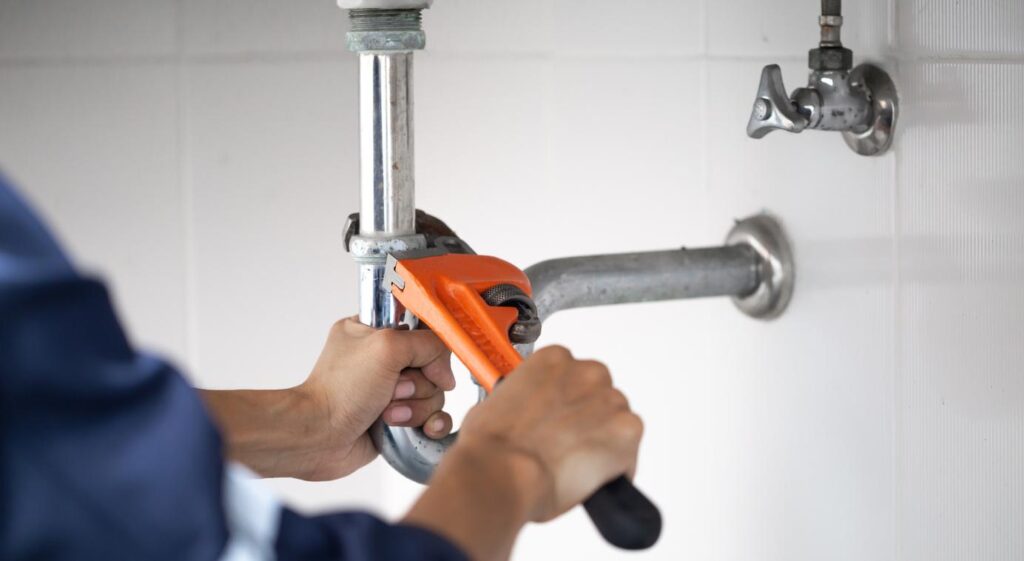6 Ways to Finance Your Home Improvement Project
If you’ve been staring at the four walls of your home since March, you might feel an itch to finally finish your basement or update your bathroom tiles. As long as you’re at home, you might as well enjoy what you’re looking at, right?
According to a survey by online lender LightStream, 73% of homeowners are planning a home improvement project this year. Nearly two-thirds of homeowners planning renovations will use savings, the survey says. Those who don’t have savings or choose not to spend it will need to weigh their options for financing their renovation projects.
The best way to pay for your project depends on sell my house fast jacksonville factors like your home equity, credit and goals for the project. Here are six types of home improvement loans and how each works.
1. Cash-out refinance
The economic effects of COVID-19 have driven mortgage rates down sharply, making cash-out refinance a popular recommendation from financial planners for home renovation costs. With a cash-out refinance, you essentially change the terms of your mortgage and cash out a portion of the equity you have in the home. You then use the proceeds for your project.
Because a cash-out refi involves revising your mortgage, do it when rates are low, says Charles Sachs, director of financial planning at Kaufman Rossin, a financial services firm in Miami.
That gives you a chance to recoup the costs of refinancing, typically 2% to 5% of the mortgage. Check your closing costs against your project’s budget to be sure the new mortgage We buy houses Jacksonville will be worth it. Closing on a $250,000 refinance could cost as much as $12,500, but homeowners plan to spend only an average of $11,851 on home improvement projects this year, according to LightStream’s survey.
You’ll recoup more of those costs over the life of the loan if you stay in the home long-term, Sachs says. He recommends seven or more years as a general rule.
“If you’re planning on living in this house for, let’s say, the next 10, 20 or 30 years, then it’s not a financial payoff,” he says. “It’s the enjoyment of the property and being able to lock in very low rates.”
2. Home equity line of credit
HELOCs are a common choice for home improvement financing, but recent changes in the economy have prompted some lenders to shy away from offering them, says Charlie Rocco, financial planner and managing director at Moneco Advisors in Connecticut.
The money you receive from a HELOC comes from your equity, which is the value of your home minus the amount Sell your house fast jacksonville you owe on it. It’s a second mortgage, so you’re using your house as collateral.
HELOCs have a draw period, usually 10 years, when you can use some or all of the funds you’re approved to borrow. During that time you usually make interest-only payments, Rocco says. You’ll repay interest and principal during the later repayment period.
Since you don’t have to pay the principal during the draw period, Rocco says, a HELOC makes sense if you plan to sell in the foreseeable future. The principal you haven’t paid will be subtracted from your sale, but you won’t have to repay the funds out-of-pocket.
Getting a HELOC gives you flexibility when you don’t know exactly how much the renovation will cost. They’re especially useful for projects you’re doing in stages, like a basement remodel, says Dana Menard, a Minnesota-based certified financial planner.
HELOCs have variable rates, so if the thought of a rising rate bothers you, it may not be the right option, Menard says.
3. Home equity loans
Home equity loans, the fixed-rate cousin of HELOCs, are a good choice if you already know how much you’re going to spend. Unlike HELOCs, you get the funds from this second mortgage in a lump sum, and you immediately start repaying both interest and principal.
One benefit of the home equity loan is that since each payment goes toward the loan’s principal from the start, you’re building your equity back up immediately, Rocco says.
Home equity loans have fixed rates, so getting one now could guarantee you a low rate on a 15- or 20-year loan, he says.
If you’re getting a home equity loan, knowing the cost of your project is key, Sachs says. He recommends getting a quote at the same time the lender underwrites your loan.
“Maybe I’m considering building a pool, so I’m getting a pool estimate and at the same time I’m working with my lender to understand feasibility of borrowing,” he says.
4. Personal loans
When you get a personal loan for home improvement projects, you don’t secure it with your home. In fact, lenders typically don’t consider any information about your home with a personal loan.
Instead, a lender decides how much to lend to you and at what rate based on your financial credentials, like your credit score and income. Personal loans are among your options if you don’t have a lot of home equity or you don’t want to use your home as collateral, Rocco says.
If you fail to repay a personal loan or don’t pay it on time, your credit score will take the hit.
“Even though you haven’t pledged your home, the downside is that you’ve essentially pledged yourself and your earning power,” he says.
Getting a personal loan tends to be quicker than the home equity options, Menard says. And you repay more quickly. Many personal loan terms are capped at five or seven years, while home equity options can stretch over decades.
He recommends personal loans for borrowers who can get a good rate — typically those with good or excellent credit — who are planning on a renovation that costs $10,000 or less.
Once you have an estimate on your project’s cost, calculate your monthly payments and check them against your budget to see what you can afford.
5. Credit cards
High APRs on credit cards make them suitable for smaller updates, like a splash of paint and some small furniture additions, Menard says. They can also help cover a surprise repair or extra expense during the project, Rocco says.
Credit cards with 0% APR promotional periods are usually ideal for short-term projects that you can pay off before the promotion ends.
If you don’t pay off the card during the promotion — typically 12 to 18 months — you could face steep interest rates.
6. Government loans
The Department of Housing and Urban Development offers Title I Loans, which can help you finance a home renovation project at little or no expense, Menard says.
These loans are government-issued, and the requirements typically vary by state and municipality, he says. They usually require that the home you renovate be your main home, and you can’t sell for an extended period, typically around 10 years, he says.
If your plans include energy-conscious updates, you may be eligible for a government-issued energy-efficient mortgage.
More From NerdWallet
Annie Millerbernd is a writer at NerdWallet. Email: [email protected].
The article 6 Ways to Finance Your Home Improvement Project originally appeared on NerdWallet.








